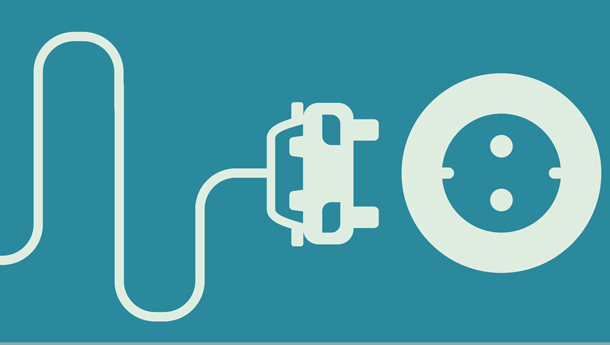Turns out the electric trucks aren’t selling well, so manufacturers will be able to build more diesel trucks than regulations were allowing them to.
Yet again, the state tacitly acknowledges that its net-zero ambitions are unrealistic.
It was a lesson learned late, though. Several states that followed the California model have backed off their agenda.
“California’s blue-state allies in the electric truck transition are getting cold feet,” Politico says in a separate article.
The story mentions changes in New Jersey, Oregon, Massachusetts and New York, which are among the 10 states that followed “California’s rules to transform the heavy-duty trucking sector.”
New Jersey is “just not ready,” while New York and Massachusetts officials are “creating a special exemption from the rules for snowplows and street sweepers,” because city leaders are finding it difficult to locate models for those pieces of equipment that are clean enough to meet the standards.
The slow sales of electric trucks would have been less of a surprise to officials had they ventured from their carbon-dioxide protected bubble. They would have known that E-trucks are unreliable, perform poorly in cold conditions and can’t match diesels for pulling heavy loads.
They are also more expensive than diesel rigs – a minor annoyance that activists say can be resolved with, yes, even more regulation.
E-trucks also have shorter ranges than diesels, meaning they will have to make more time-consuming stops – it can take up to 10 hours to fully charge an electric-truck battery in some instances – to “fill up.” Even the fastest chargers idle a rig three to four times longer than the average trucker needs to fill his tank, or sometimes dual tanks. The results are an overrun of delivery delays in an industry that is already under immense strain.
Quite clearly the state is simply unprepared for its own mandates, and the trouble goes beyond handcuffing truckers to equipment that can’t do the job. The entire system is dysfunctional. A study published in late 2023 by the American Transportation Research Institute found that:
- The state’s top three “power generators face an uncertain future, further widening the gap between power generation and demand for electricity.”
- “Californians already pay the second highest average rate for electricity at 22.33¢ per kWh, compared to the national average of 12.36¢ per kWh.”
- And they “will see an increase in the number of trucks on the road as the heavier battery weight will reduce cargo-carrying capacity in each truck. ATRI estimates for every 1,000 trucks currently on the road, an additional 343 trucks will be needed due to battery weight.”
The American Transportation Research Institute noted in a 2022 report “with only 313,000 total truck parking spaces in the U.S., each charger would have to support at least five charging events per day,” making “efficient scheduling of chargers” nearly impossible.
“Myriad truck drivers simply could not conduct their normal business operations while at the same time precisely coordinating commercial charger use with other truck drivers.”
In other words, there’s a logistical nightmare ahead unless lawmakers and unelected regulators, such as those on the California Air Resources Board, come around to the realization that their agenda is no match for reality.
Kerry Jackson is the William Clement Fellow in California Reform at the Pacific Research Institute.

